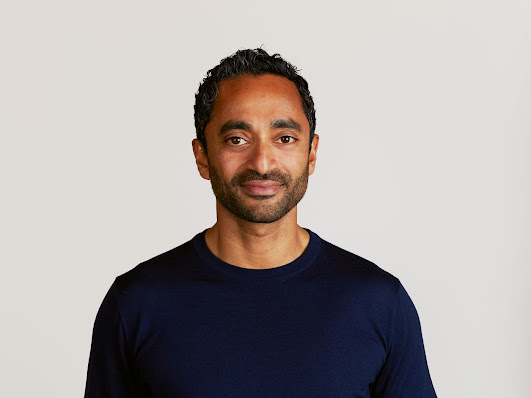Strategies of Peter Lynch –
Author of One Up On Wall Street
Part 02
Key takeaway 03:
Stalwarts
Stalwarts are
the companies that are in the middle of fast growers and slow growers. Peter
lynch mentioned that they are recession-proof companies.
The fourth
category of companies is cyclical. Cyclical companies that use profits move up
and down in cycles. It could be companies in the cement or oil industry as oil
raw materials (Clinker and Oil price) generally move up and down according to
the supply and demand of the time. Automobile companies are another example of
cyclical companies. When the economy is strong and demand for a new vehicle is
high these companies can be very profitable. However that can flip very
quickly, the economy can slow down new vehicle demand can reduce rapidly and
all of sudden these companies lose a lot of money. In cyclical companies trick
is to buy them during the downside and exit during the upcycle.
5th category is turnarounds. Turnarounds are
companies that are currently struggling but you think will turn themselves
around. Wells Fargo is a current example of this category. For turnaround
companies, the strength of the balance sheet is very important because they
need to survive in tough times if there is any possibility of a turnaround.
(Make sure to stay away from companies that have high levels of debt because
they are the companies that can go bankrupt. Keep your eye on Debt: Equity
ratio & Current ratio.
6th category
is asset plays. This is all about the
assets of the company that is underappreciated by the market. The assets can be
tangible or intangible. (ex: for tangible assets – Building, Vehicle, Factories
| ex: for intangible assets – Goodwill, license, patents)
Key Takeaway 04: Don’t
over-diversify your portfolio
Many
investors have 25 to 30 stocks in their portfolios and know little about these
companies. But they believe they need to have more companies in their portfolio
to be diversified. Peter lynch refers to this as “diworsification”. This is
where people buy companies that are not good and that they know less about just
for the sake of portfolio diversification.
Key takeaway 05: Look
for ten baggers
One of the
key reasons peter lynch outperformed the market in his 13 years of a fund
carrier was the fact that he was able to identify stocks with huge growth
potential. Peter lynch called this type of company ten baggers. Meaning that
the stock price has the potential to be 10X from its current price. It’s easier
to find ten baggers when you are looking at smaller companies than when you are
looking at larger companies. On average it’s much easier for a stock to go from
a market cap of 1 billion dollars to 10 billion dollars than a company to go
market cap from 1 trillion dollars to 10 trillion dollars. Large companies may
great investments but they won’t be ten baggers due to the difficulty of
growing if you are already a large company.
.jpg)
.png)

.png)

